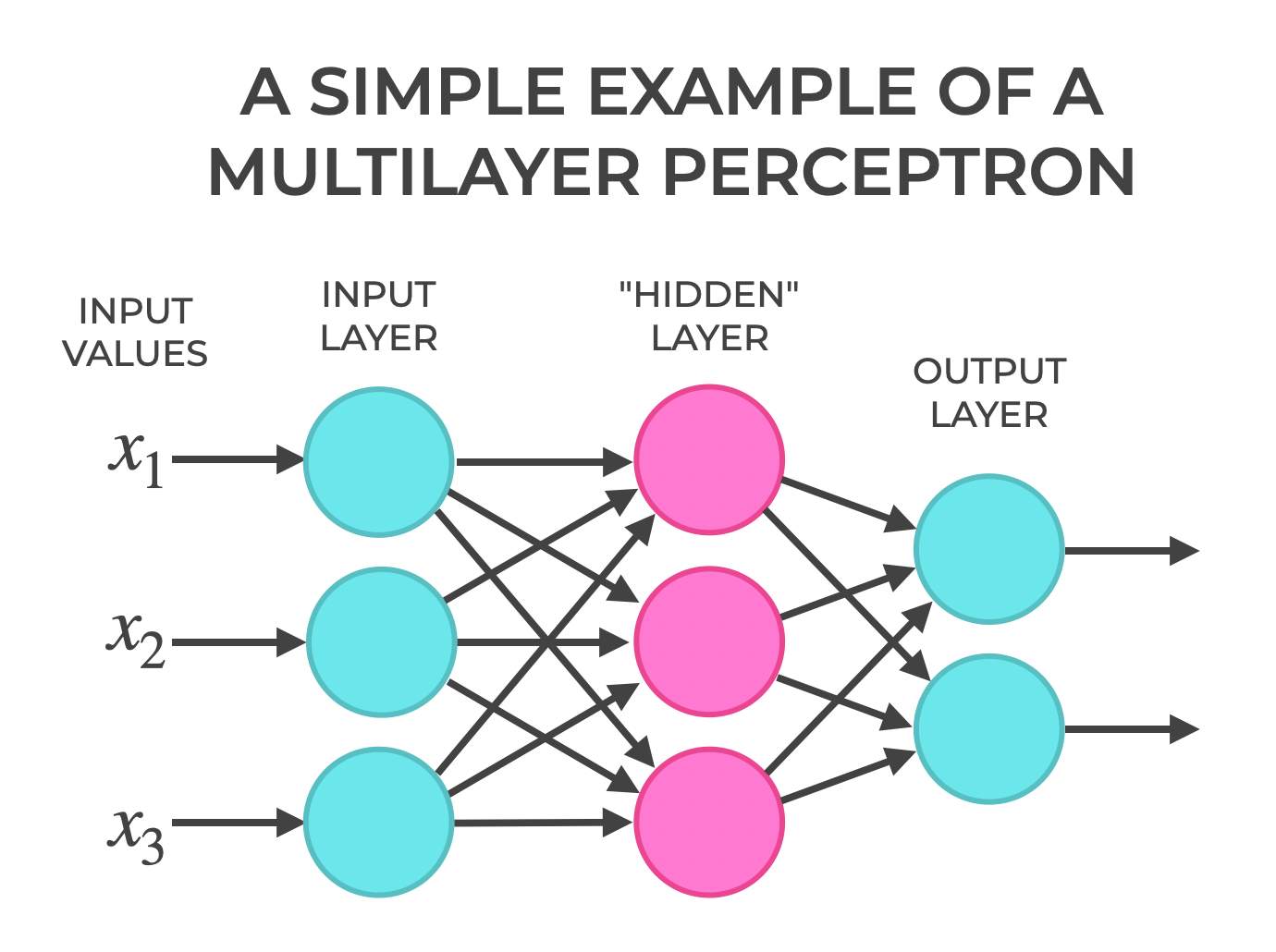Perceptrons
 Sai Aneesh
Sai Aneesh
The perceptron, a foundational concept in artificial intelligence, was introduced by Frank Rosenblatt in the 1950s. It's a simplified model of a biological neuron, designed to mimic the human brain's ability to learn and make decisions. A perceptron takes multiple inputs, multiplies them by corresponding weights, sums the results, and applies an activation function to produce an output.
The Perceptron Model

A perceptron consists of three primary components:
Inputs: These are the features or data points fed into the perceptron.
Weights: Each input is associated with a weight, representing its importance in the decision-making process.
Bias: A constant value added to the weighted sum of inputs before applying the activation function.
Activation Function: This function determines the output of the perceptron. A common choice is the step function, which outputs 1 if the weighted sum exceeds a threshold, and 0 otherwise.
import numpy as np from sklearn.linear_model import Perceptron # Sample data (replace with your data) X = np.array([[0, 0], [0, 1], [1, 0], [1, 1]]) y = np.array([0, 0, 0, 1]) # AND gate # Create a Perceptron model clf = Perceptron(tol=1e-3, random_state=0) # Train the model clf.fit(X, y) # Make predictions predictions = clf.predict(X) print(predictions)
The Perceptron Learning Rule
The perceptron learning rule is a simple algorithm to update the weights based on the error between the predicted output and the actual output. The weights are adjusted proportionally to the error. This iterative process allows the perceptron to learn from its mistakes and improve its predictions over time.
Limitations of the Perceptron
While perceptrons were a significant step forward in AI, they have limitations:
Linear Separability: Perceptrons can only classify linearly separable data. Complex patterns and non-linear relationships cannot be learned.
Convergence Issues: The perceptron learning rule is not guaranteed to converge for non-linearly separable data.
Limited Complexity: Single-layer perceptrons cannot solve complex problems.
The Perceptron as a Building Block
Despite its limitations, the perceptron serves as a crucial building block for more complex neural networks. It provides a fundamental understanding of how artificial neurons process information and learn from data.

The Rise of Multilayer Perceptrons
To overcome the limitations of single-layer perceptrons, multilayer perceptrons (MLPs) were introduced. These networks consist of multiple layers of perceptrons, allowing them to learn complex patterns and represent non-linear relationships. MLPs form the basis of deep learning architectures, which have achieved remarkable success in various fields.

Perceptrons in Modern AI
While perceptrons might seem simplistic compared to today's sophisticated models, the underlying principles remain relevant. Understanding perceptrons is essential for grasping the intuition behind more complex neural networks. Moreover, the concept of linear models and gradient-based optimization, central to perceptrons, is still fundamental to many modern machine learning algorithms.

Conclusion
The perceptron, though relatively simple, laid the groundwork for the development of artificial neural networks. It serves as a valuable starting point for anyone interested in understanding the foundations of machine learning. While its limitations have been addressed by more complex architectures, the core concepts of perceptrons continue to be relevant in the field of artificial intelligence.
Thank you for reading till here. If you want learn more then ping me personally and make sure you are following me everywhere for the latest updates.
Yours Sincerely,
Sai Aneesh
Subscribe to my newsletter
Read articles from Sai Aneesh directly inside your inbox. Subscribe to the newsletter, and don't miss out.
Written by
